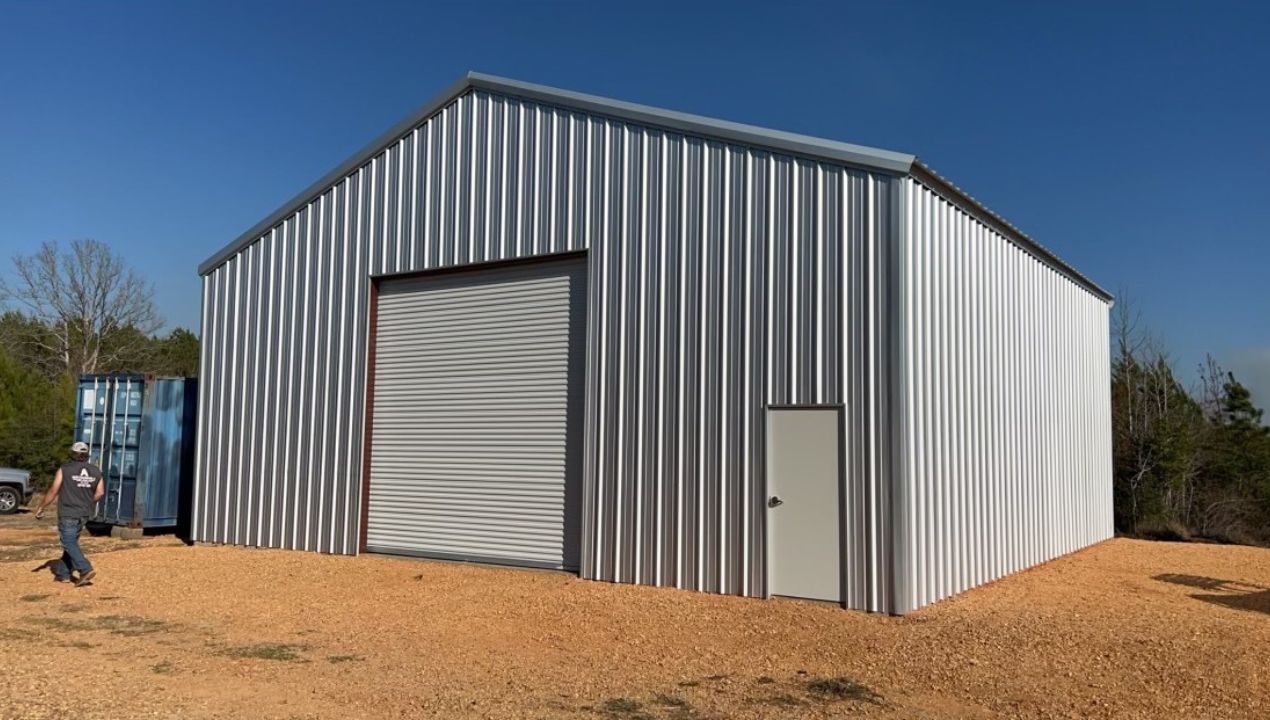When managing a construction project, whether it’s a commercial building, office space, or residential development, you’ll often hear terms like “turnkey” and “traditional” approaches. Both strategies are commonly used in the construction industry, but understanding the differences between them can significantly impact your project’s success. In this article, we will explore what makes each approach unique and how they differ in terms of management, responsibilities, and costs.
Understanding Turnkey Projects
A turnkey project refers to a construction approach where a single entity is responsible for the entire project, from initial design to final construction. The term “turnkey” comes from the idea that once the project is complete, all the client has to do is “turn the key” to access the final product. This model is often used for large-scale commercial developments, office buildings, and infrastructure projects.
Single Point of Responsibility
One of the biggest advantages of a turnkey project is that the client has one point of contact. The contractor or developer takes responsibility for the entire project, which means that the risk of delays, cost overruns, and miscommunications is reduced. For business owners or project managers, this simplifies the process, as they don’t have to coordinate between multiple parties.
Streamlined Process
In a turnkey approach, the contractor oversees everything from design, procurement, and construction to final handover. This results in a more streamlined process with fewer administrative tasks. It also typically reduces the amount of time required to complete the project, as the contractor is handling all aspects without the need for separate teams.
Fixed Costs
Turnkey contracts often come with a fixed price for the project, which can be appealing to businesses looking for budget certainty. Because the contractor manages all aspects of the build, they’re responsible for ensuring that costs remain within the agreed budget. This can be a great way to avoid unexpected costs down the road.
Understanding Traditional Approaches
In contrast to the turnkey approach, the traditional construction method involves multiple entities and contracts. This model divides the project into separate phases, with different contractors or subcontractors managing each stage. Typically, the client acts as the project manager, coordinating between various specialists to ensure the project stays on track.
Multiple Points of Responsibility
Unlike the turnkey method, traditional approaches involve multiple parties handling different aspects of the construction process. For example, one contractor may handle the design phase, while another may focus on the construction or fit-out. While this can offer more flexibility, it also means more coordination and communication efforts for the client.
More Control Over the Process
For clients who prefer more control over their projects, the traditional method might be ideal. Since you manage each stage individually, you can make adjustments along the way. For instance, you can switch contractors if you’re not satisfied with the progress or quality of work. However, this flexibility comes with added responsibility.
Cost Variability
Traditional construction projects are often less predictable in terms of cost. Since there are multiple contractors involved, each with their own fees, the overall cost can vary depending on unforeseen complications, changes in scope, or delays. The client also bears more responsibility for managing budgets and timelines, which can lead to stress and unexpected expenses.
Key Differences Between Turnkey and Traditional Approaches
Let’s break down the primary differences between these two approaches:
- Responsibility and Management
In a turnkey approach, the contractor manages every aspect of the project, from design to completion. This is a one-stop-shop solution, which minimizes the client’s involvement in day-to-day project management. On the other hand, traditional construction methods involve multiple contractors, meaning the client has more control over the process but must also manage the logistics and communication between different teams.
- Timeline and Efficiency
Turnkey projects tend to be completed faster due to the streamlined process and fewer points of communication. Since one entity is responsible for the entire project, timelines are typically more accurate. Traditional construction methods, however, can take longer due to the need for coordination between various contractors. Delays in one phase can impact subsequent stages of the project.
- Budget Control
One of the major benefits of a turnkey project is the fixed pricing. Since the contractor is responsible for the entire project, there are fewer surprises in terms of cost overruns. With traditional construction, costs can vary greatly depending on the performance of each individual contractor. The client must be prepared for potential price increases and ensure they have contingency funds.
- Flexibility and Customization
Traditional construction offers more flexibility and control over customization. The client can choose different contractors for each phase, allowing for tailored approaches at every stage of the project. In contrast, turnkey projects are more standardized, with less room for adjusting the design or approach once the project is underway. However, turnkey solutions may still offer some flexibility depending on the contractor.
- Risk Allocation
In a traditional construction project, the client assumes a large portion of the risk. Delays, cost overruns, and miscommunications between contractors are all potential issues that the client must manage. With a turnkey project, the contractor assumes most of the risk, as they are responsible for meeting deadlines and staying within budget.
Which Approach is Right for Your Project?
Choosing between turnkey and traditional construction depends on the unique needs and goals of your project. Here are some scenarios where each approach might be ideal:
When to Choose Turnkey
If you’re looking for a straightforward, low-risk solution with a fixed budget and timeline, a turnkey project may be the best option. This approach is perfect for clients who want minimal involvement in the day-to-day management of the construction process and are looking for a fast, efficient completion.
A commercial turnkey contractor can offer this kind of all-in-one solution, providing everything from design to final construction under a single agreement. This can be particularly useful for businesses looking to get their projects off the ground quickly without having to oversee multiple contractors.
When to Choose Traditional
If you prefer more control over the project and want to have a say in each phase of construction, the traditional approach might be a better fit. It’s also ideal if you want to tailor the project to your specific needs, working with different specialists in each phase. This approach is beneficial when flexibility and customization are key priorities.
Final Thoughts
When planning a construction project, understanding the difference between turnkey and traditional approaches can help you make a more informed decision. Whether you’re seeking simplicity, efficiency, and budget control or more flexibility and involvement, each method offers distinct advantages.
For businesses in Mississippi, choosing the right contractor is crucial to the success of your project. If you’re considering a commercial construction project, exploring the option of a commercial turnkey contractor MS could help streamline your process. Take the time to evaluate your project’s requirements and select the approach that best suits your needs.

